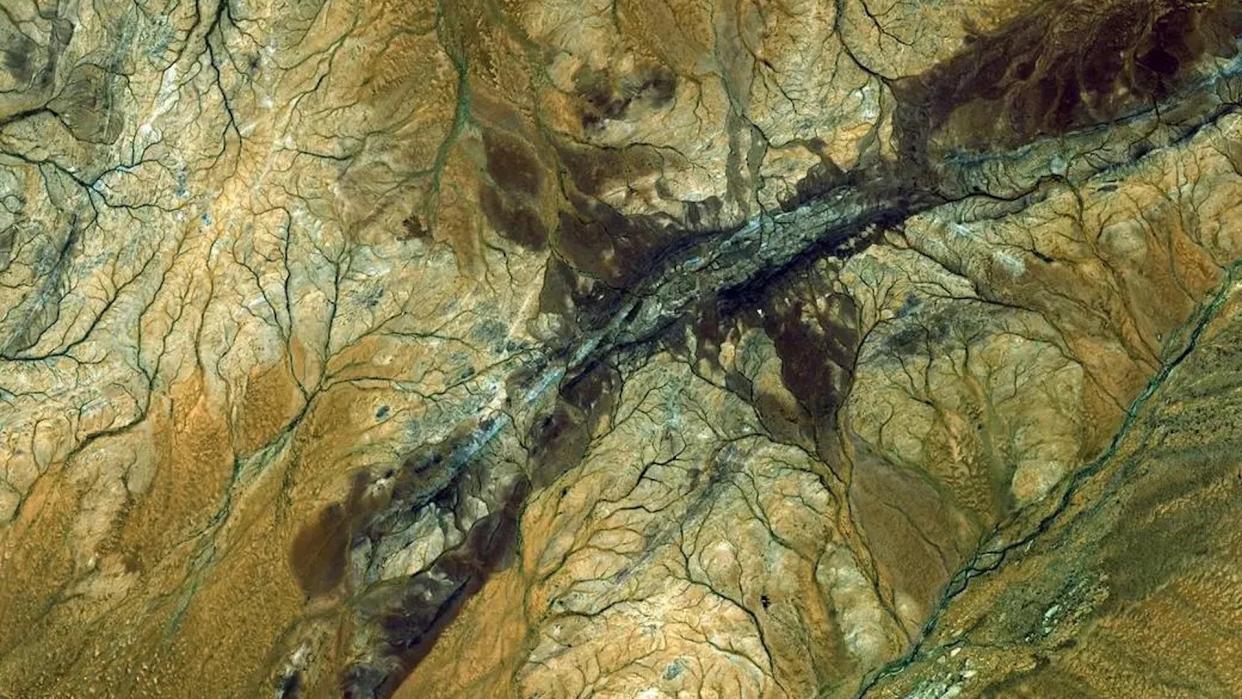Earth may have had freshwater and continents just 200 million years after forming, ancient crystals reveal

Earth's first continents may have emerged from the planet's primordial oceans much earlier than we thought, just six hundred million years after the planet formed, new research suggests.
The researchers found that ancient zircon crystals from the Jack Hills in Western Australia contain evidence of fresh water, which indicates that patches of land must have been present as fresh water can only form if there's land for it to pool on following precipitation. The team described the zircons at a European Geosciences Union conference in April 2024.
The composition of early Earth has long puzzled scientists. When our planet first formed 4.6 billion years ago, it was a roiling sphere of magma. The eon after that, called the Hadean (4.6 billion to 4 billion years ago), is poorly understood. While we know that this magma eventually solidified and formed a crust, we do not know precisely what happened after that.
Some scientists have suggested that Earth may have been mostly covered by water as early as 4.4 billion years ago — aligning with the oldest zircons ever discovered. However, it is unclear how water arrived. It may have been part of the planet's original composition or may have been the result of bombardment by water-bearing asteroids soon after its formation.
Fresh water would only have been present if a hydrological cycle — evaporation and precipitation — had already begun by that point of Earth's life, and that water devoid of the minerals present in salt water could collect on emerged portions of continental crust according to the presentation abstract.
Rainwater contains lighter isotopes, or versions of oxygen, because the heavier isotopes are more resistant to evaporation. Salt water contains more heavy oxygen isotopes, which evaporate less readily.
The scientists found that zircons extracted from rocks in the Jack Hills contained higher levels of light oxygen isotopes than zircons formed in the presence of seawater, indicating that they formed as magma rose to the surface and interacted with fresh water. They dated the crystals by measuring ratios of different uranium isotopes in the samples. Of the 1,400 zircons analyzed, the presentation abstract claimed, a few dated to 3.4 billion years ago and another few dated to 4 billion years ago. Most were much younger, with the most recent crystals dating to 1.85 billion years ago.
Zircons are extraordinarily resilient. As a result they linger in rocks that are much younger than they are, and young and old zircons end up jumbled together. The rock in which the zircons from the Jack Hills was found was 3 billion years old according to the presentation.
RELATED STORIES
—Seattle's massive fault may result from oceanic crust 'unzipping itself' 55 million years ago
—Oldest evidence of earthquakes found in strange jumble of 3.3 billion-year-old rocks from Africa
—Mystery of Siberia's giant exploding craters may finally be solved
Because of their resilience, zircons are extremely useful in understanding when exactly the continental plates formed by the crust began breaching the surface of the global ocean. The oldest rock ever found has been dated to 4.03 billion years ago, but because the earliest zircons are hundreds of millions of years older than that, they provide rare insights into the early history of the planet.
If the researchers are correct, lonely outposts of terra firma may have been jutting from the primordial waves earlier than we thought.

